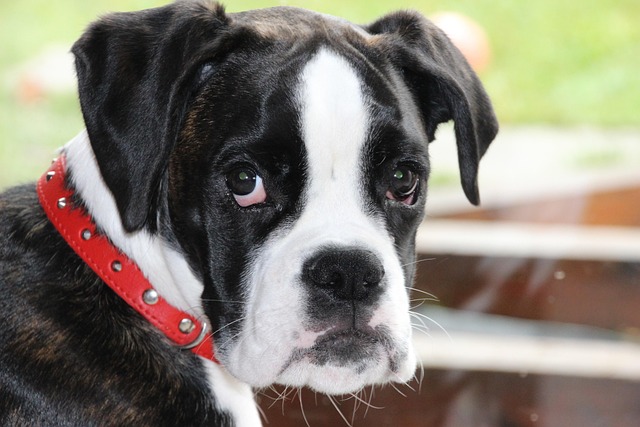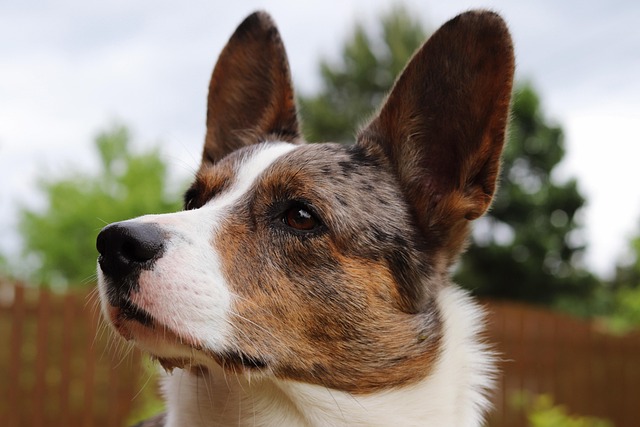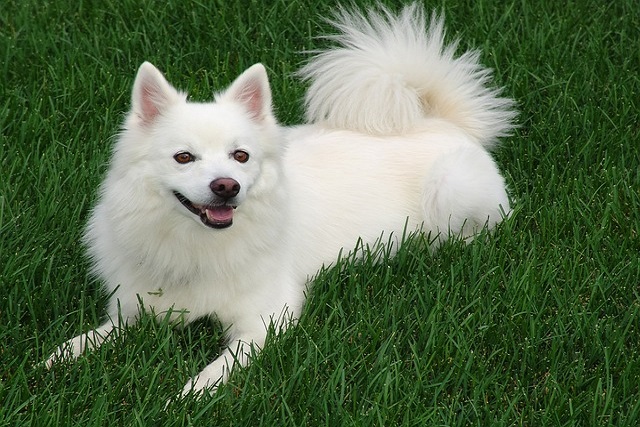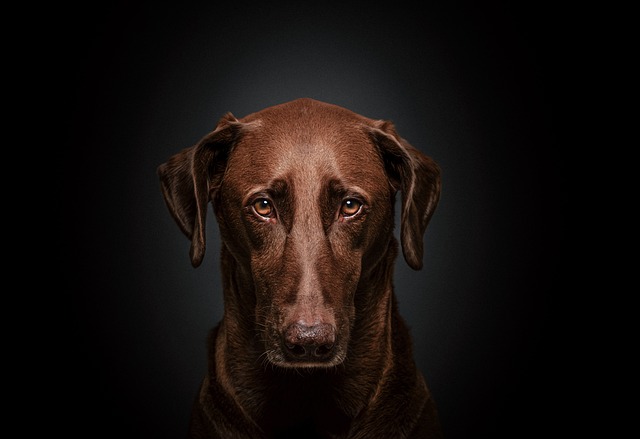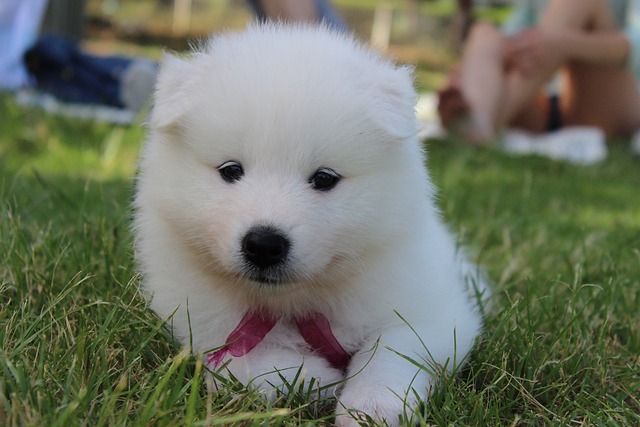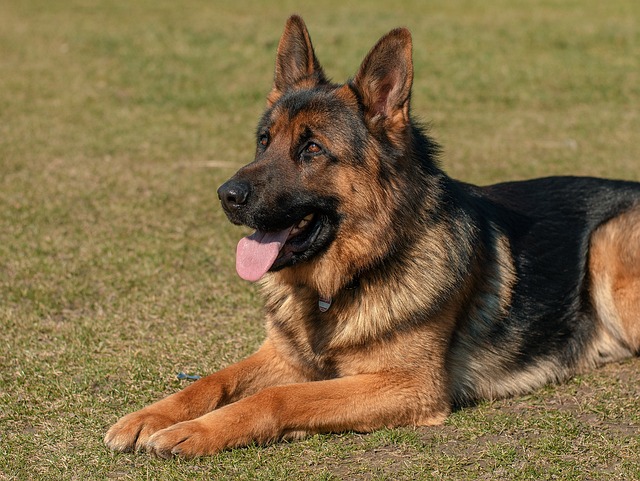Picture this: you're sweeping tumbleweeds of golden retriever fur from your hardwood floors... again. Many new dog owners wonder if there's a magical age when the fluff storm finally calms. Let's clear the air: dogs don't just "stop" shedding at a certain birthday. That shedding is their coat renewing itself, a lifelong process influenced by biology, not calendars.
Several key factors dictate how much fur ends up on your couch. Breed genetics play the starring role – think of the dramatic difference between a perpetually shedding husky and a tidy poodle. Age matters too, but not how most expect. While puppy fluff gives way to adult coats around 6-12 months, senior dogs often shed *more* due to slower hair regrowth cycles and potential health changes. Health status is crucial; poor nutrition, allergies, parasites, or thyroid issues can trigger excessive shedding. Even your indoor climate and seasonal light changes act as conductors for this furry orchestra.
This is where understanding dog shedding by breed becomes non-negotiable. Double-coated breeds like German Shepherds blow their undercoats dramatically twice a year – prepare for fur-nados! Labradors? They're the gift that keeps on giving... hair, year-round. Contrast that with low-shedders like Bichon Frises or Portuguese Water Dogs, where loose hairs mostly get trapped in their curly coats until brushed out. Knowing your dog's genetic blueprint is your first defense against fur frustration.
So, does dog shedding age exist? Not as a finish line. Puppy shedding transitions are obvious, but mature adults maintain steady shedding cycles influenced by daylight and temperature. Senior dogs might shed more noticeably because older skin and hair follicles aren't as efficient. Hormonal shifts in unspayed females can also create waves. The key takeaway? Shedding changes, but halting completely signals a health red flag needing immediate veterinary attention. It’s about managing the flow, not waiting for it to stop.
Managing dog shedding effectively hinges on routine. Daily brushing is your MVP – a slicker brush for double coats, a pin brush for silky types. Think of it as redirecting fur from your sofa to the trash can. Bathing every 4-6 weeks with an oatmeal shampoo helps loosen dead hair, but over-bathing dries skin and worsens shedding. Nutrition is foundational; look for foods rich in Omega-3 and Omega-6 fatty acids to support skin health. Hydration matters too – ensure fresh water is always available. For heavy seasonal shedders, professional deshedding treatments can be game-changers. A quick daily wipe-down with a damp rubber glove works wonders for grabbing loose hairs off short coats.
Ultimately, managing shedding isn't about fighting biology but working with it. Observe your dog's unique patterns – does spring sunshine trigger the big blowout? Does stress cause extra flurries? Tailor your grooming rhythm to their breed and life stage. Consistent care keeps your home cleaner and lets you spot unusual shedding spikes early, which could hint at underlying issues needing a vet visit. Embrace the brush; it’s quality bonding time that keeps the fur chaos manageable.
